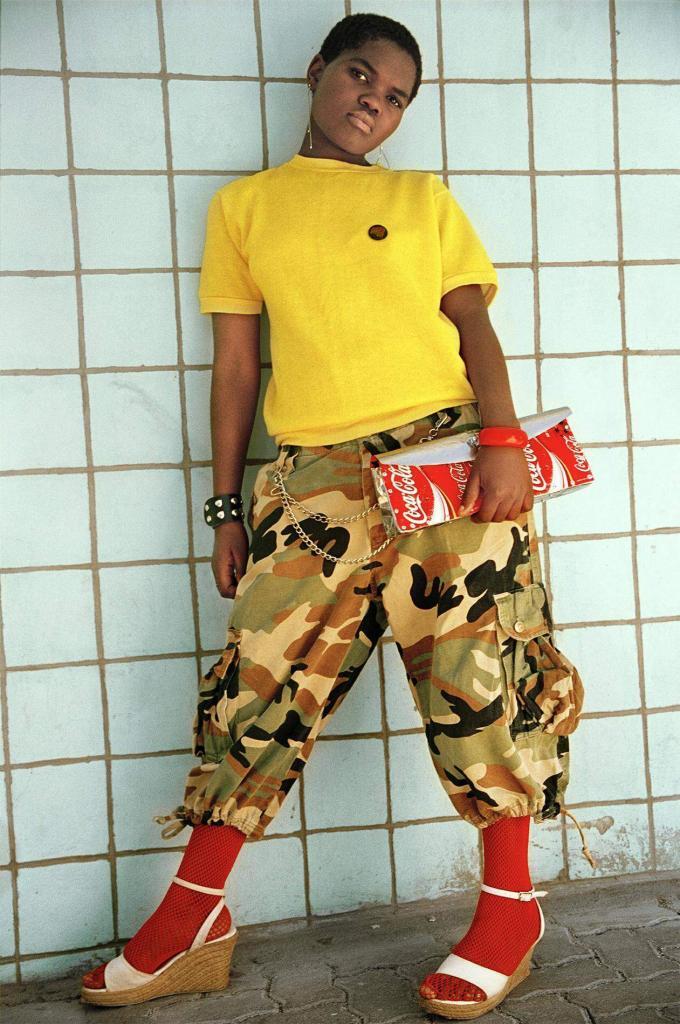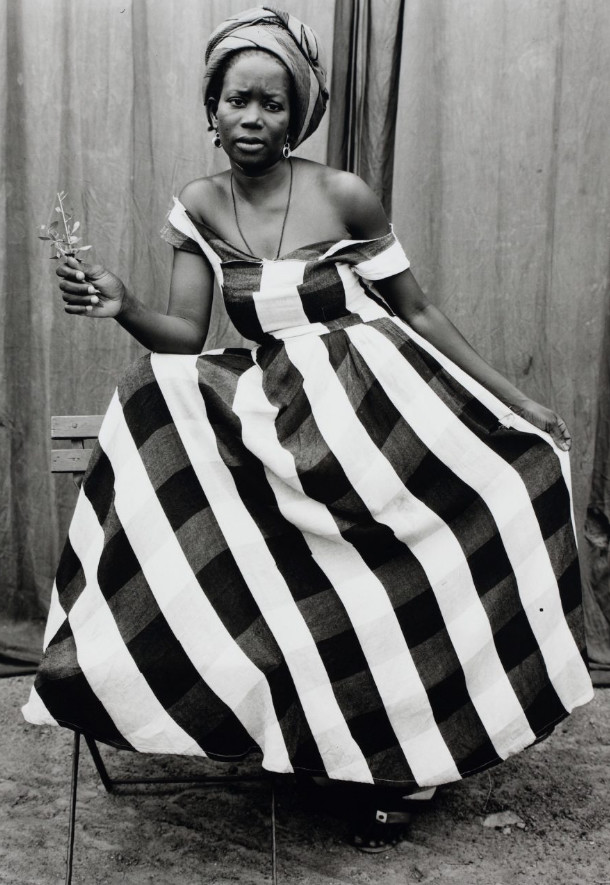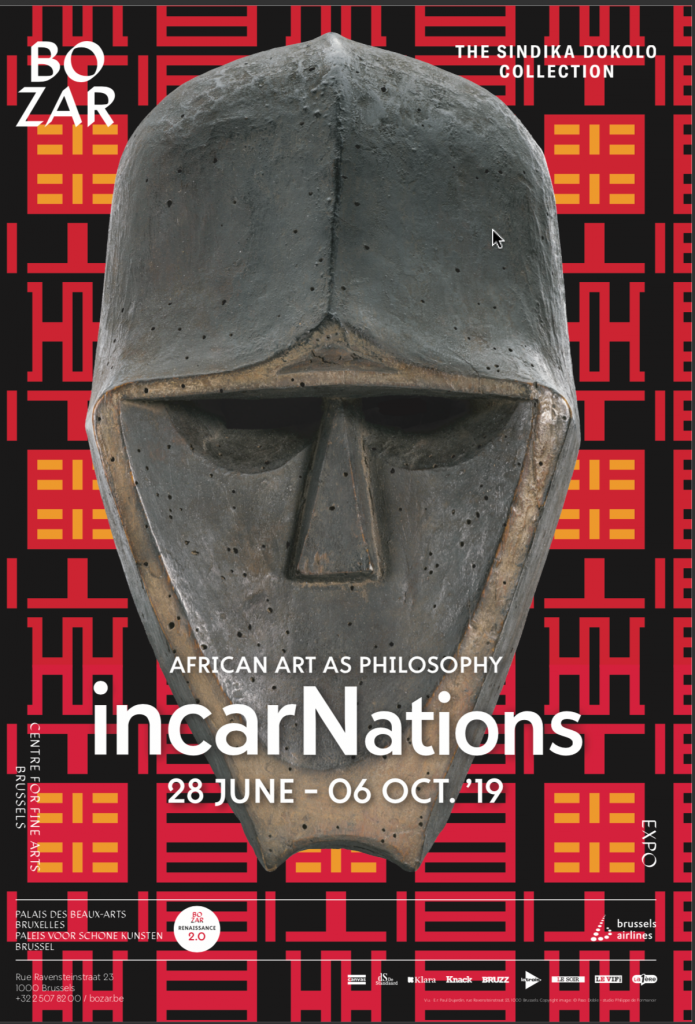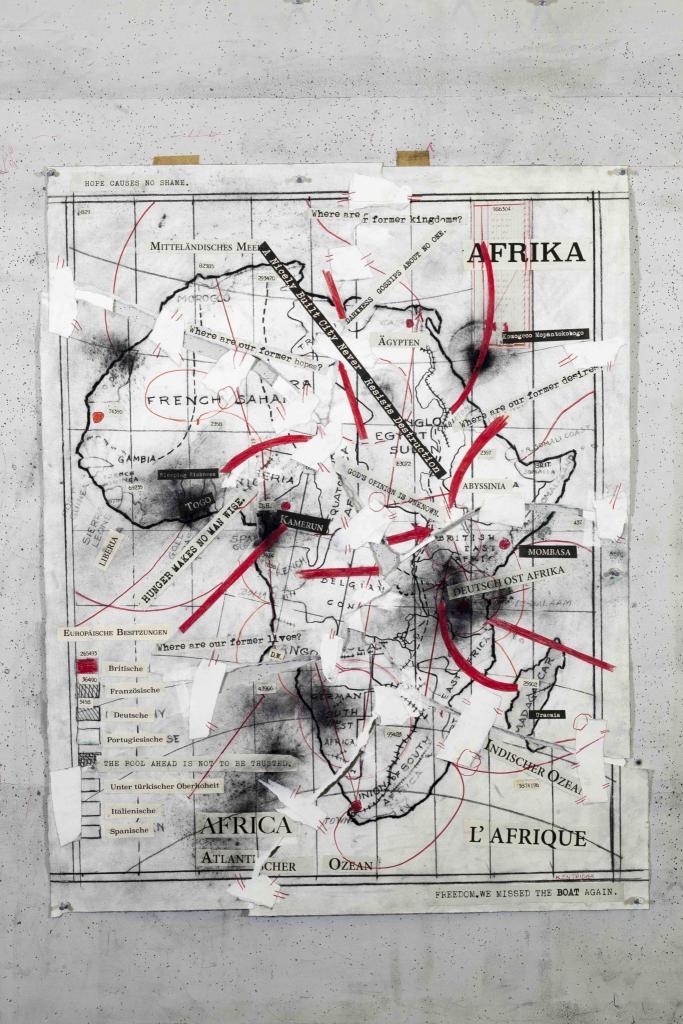The Way She Looks: A History of Female Gazes in African Portraiture
Photographs from The Walther Collection
In collaboration with The Walther Collection, the Ryerson Image Centre (RIC) in Toronto present a major exhibition exploring African photographic portraiture through the perspectives of women, both as sitters and photographers. Guest curated by scholar Sandrine Colard, The Way She Looks: A History of Female Gazes in African Portraiture features contemporary works by female artists alongside twentieth-century studio portraits and early colonial images and albums, exclusively from The Walther Collection’s holdings.
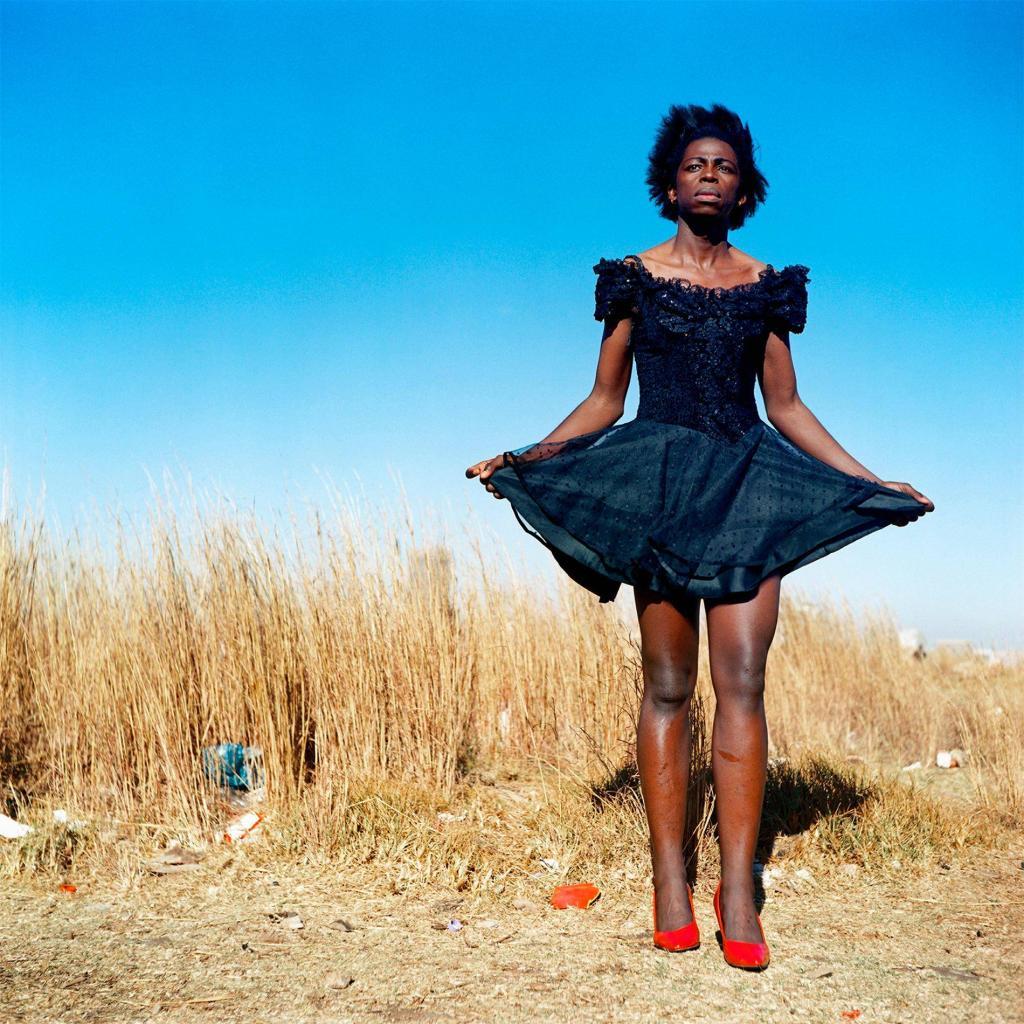
Throughout the history of photography, African women’s bodies have been repeatedly objectified and fetishized. Furthermore, the African female gaze is one of the most under-studied subjects in histories of visuality—a frequent assumption of powerlessness has caused researchers to overlook these women’s capacity to shape their own representations. On rare occasions when this viewpoint has been examined, women’s gazes are described as vital only to their own “limited” perspective. Drawing on the uniquely expansive range of images in The Walther Collection, The Way She Looks provides a timely historical overview of African female experience in photography and shifts the focus towards women’s gazes, highlighting female acts of looking that challenge the male-dominated narrative of the medium. With over 100 works by both female and male practitioners from across Africa, the exhibition emphasizes the multiple and nuanced ways women see and present themselves, both as photographic subjects and in positions behind the camera.
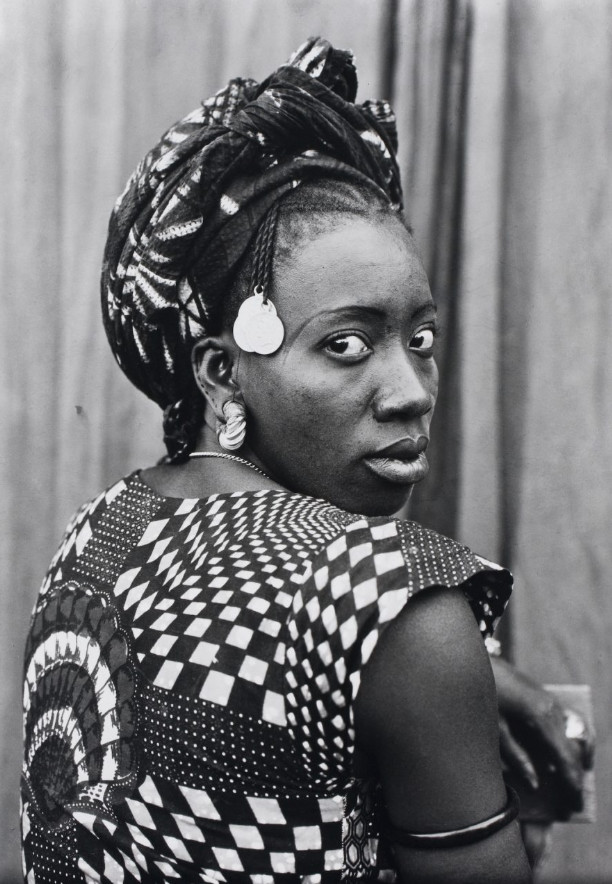
The second section features women’s portraits since the 1950s by notable West African photographers, such as Malick Sidibé and Seydou Keïta. From the middle of the twentieth century, African women became regular patrons of the portrait studios that were flourishing, particularly in cities. Desiring to be represented in front of the camera, women sitters styled themselves, carefully chose their outfits, commissioned the photographer, and performed during studio sessions.
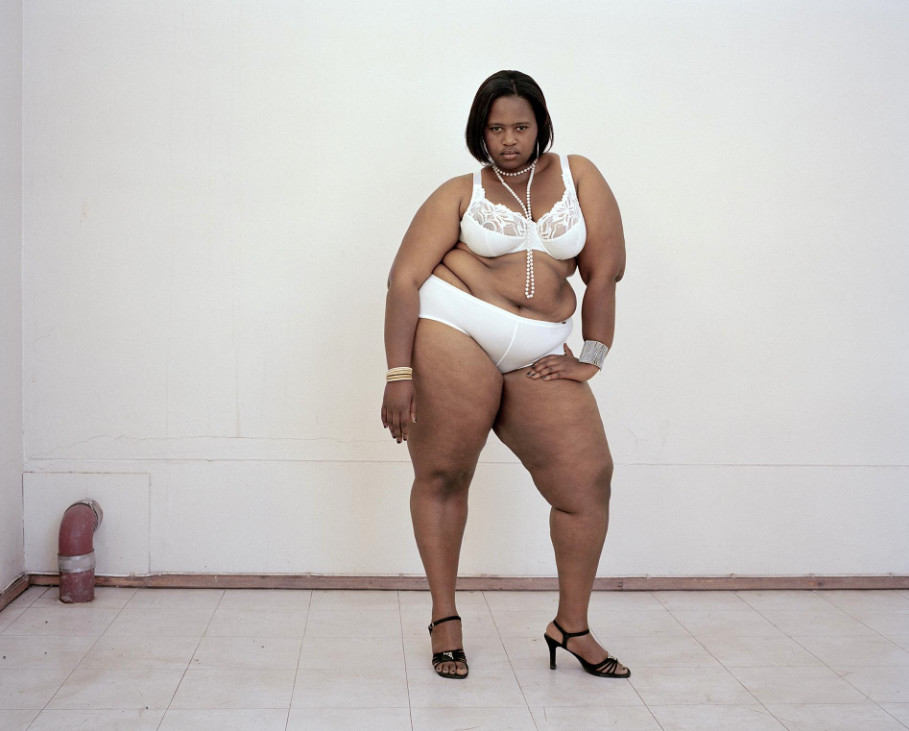
The patriarchal imprint of male-owned studios was therefore frequently challenged by the self-fashioning agency of the women stepping in front of their lenses. At the same time, documentary photographers began to record the African female experience in a period of rapid social, cultural and political change as many nations prepared for and achieved independence. This was especially true in the decades surrounding the end of apartheid in South Africa, when numerous image-makers—white and black, but still predominantly male—captured self-aware subjects in moments of hardship, joy, resistance, and tenderness.
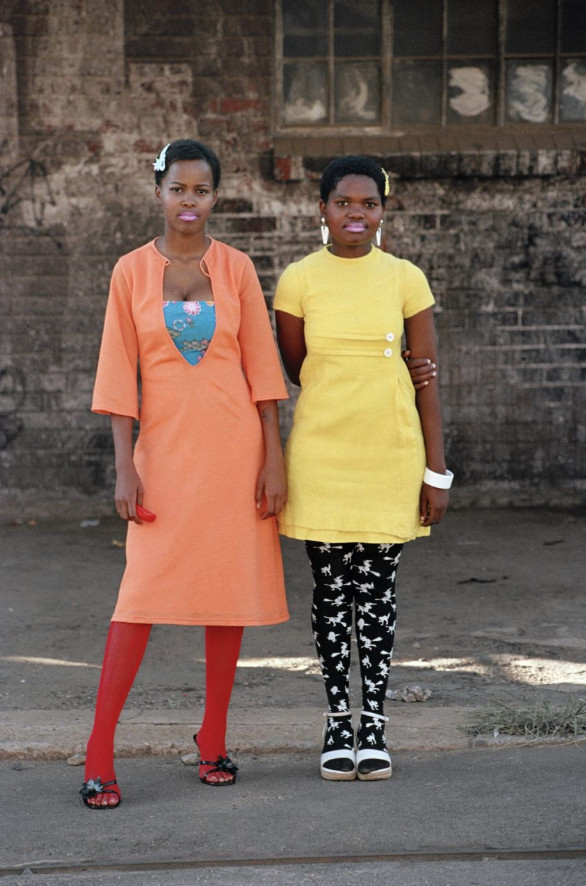
The final section highlights a number of significant African female and non-binary artists who have emerged since the 1990s, including Yto Barrada, Jodi Bieber, Zanele Muholi, Lebohang Kganye, Grace Ndiritu, Nontsikelolo “Lolo” Veleko, Sue Williamson, and Mimi Cherono Ng’ok. Exploring a wide array of subjects, from feminist, queer, and gender issues to history, kinship, migration, memory, and loss, many of the works made by these artists challenge conventional understandings of African female photographic representation. As the imaging of black female subjects continues to be a site of reductive and denigrating perceptions, and as a new wave of women’s voices rise to reclaim their fair share of humanity, these artists intervene upon some of our age’s most pressing conversations.
This exhibition is curated by Sandrine Colard, an art historian, writer, and curator based in New York and Brussels. A specialist of modern and contemporary African arts (PhD Columbia University), Colard is a professor at Rutgers University-Newark and has been appointed Artistic Director of the 6th Lubumbashi Biennale 2019, Democratic Republic of Congo (DRC). Colard is currently at work on a book about the history of photography in the DRC (awarded 2019–2020 Ford Foundation Fellowship).
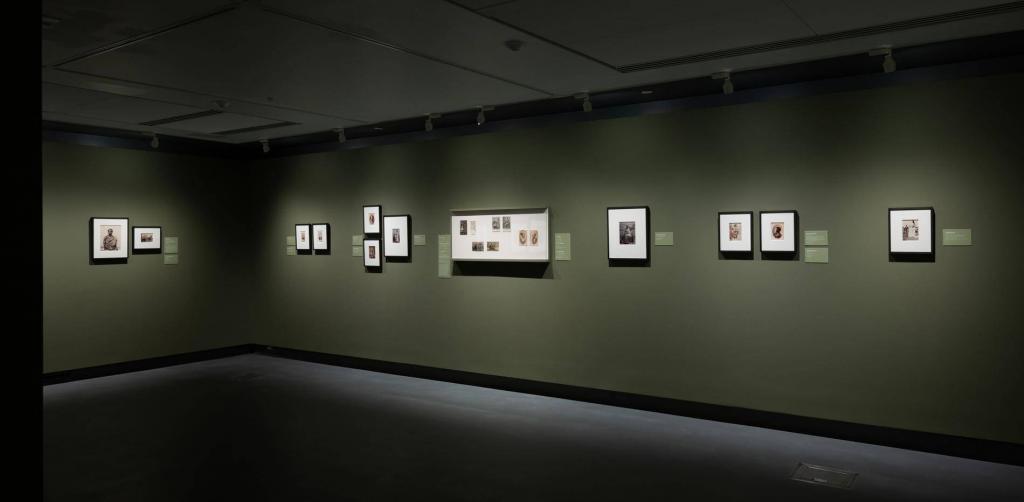
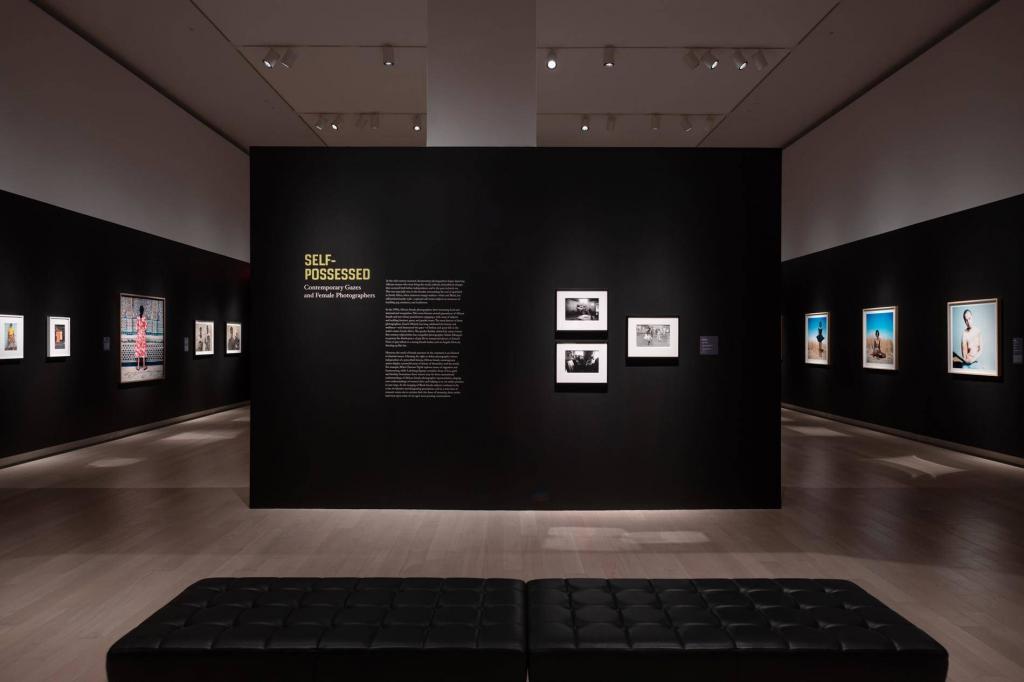
The Ryerson Image Centre’s (RIC) mission focuses on the research, teaching and exhibition of photography and related media. It is an active partner within the academic fabric of Ryerson University, the cultural network of greater Toronto, and the national and international artistic community. Its exhibition program addresses topics of social, cultural, aesthetic and historical concern from a variety of contemporary perspectives. Additionally, its Peter Higdon Research Centre conducts and facilitates inquiry into primary resource materials and offers workshops, lectures, symposia and publication programs. The RIC maintains a collection of photography spanning the medium’s history, as well as several artist and journalism archives—including the renowned Black Star Collection of twentieth century photo-reportage.



